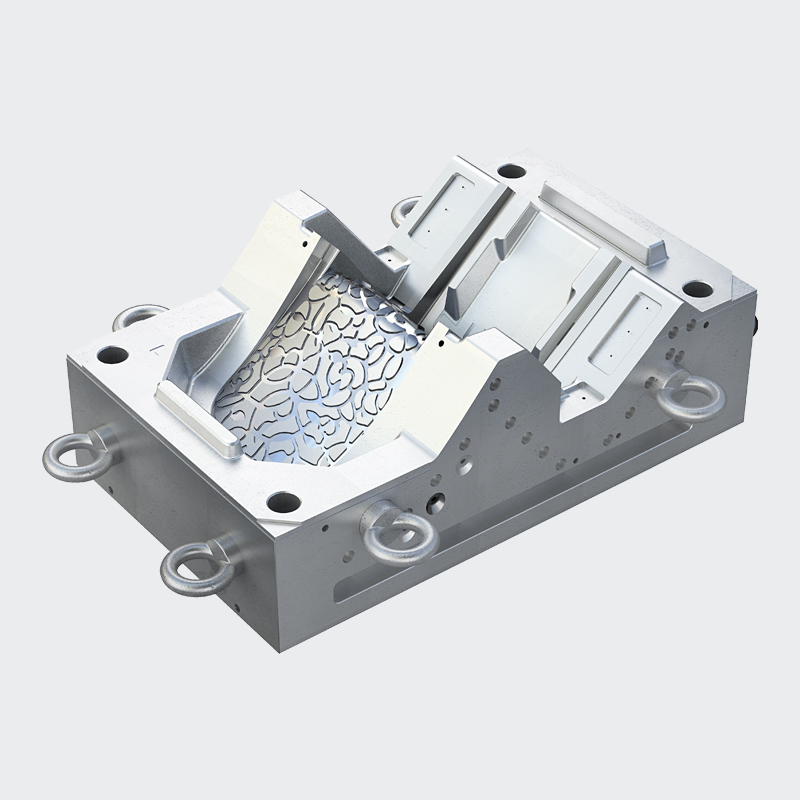When the injection mold is produced, there are often ma […]
When the injection mold is produced, there are often many factors that will affect the quality of the product. To sum up, there are the following four points:
1. Plastic material
The complexity of plastic material properties determines the complexity of the injection molding process. The performance of plastic materials varies greatly due to different varieties, different brands, different manufacturers, and even different batches. Different performance parameters can lead to completely different molding results.
2. Injection temperature
The melt flows into the cooled cavity, dissipating heat by conduction. At the same time, heat is generated due to shearing, and this part of the heat may be more or less than the heat lost by thermal conduction, depending on the injection molding conditions. The viscosity of the melt decreases with increasing temperature. Thus, the higher the injection temperature, the lower the viscosity of the melt and the lower the required filling pressure. At the same time, the injection temperature is also limited by the thermal degradation temperature and decomposition temperature.

3. Mold temperature
The lower the mold temperature, the faster the heat loss due to heat conduction, the lower the temperature of the melt, and the worse the fluidity. This phenomenon is especially pronounced when lower injection rates are used.
4. Injection time
The influence of injection time on the injection molding process is manifested in three aspects:
(1) By shortening the injection time, the shear strain rate in the melt will also increase, and the injection pressure required to fill the cavity will also increase.
(2) The injection time is shortened, the shear strain rate in the melt is increased, the viscosity of the melt is reduced due to the shear thinning characteristics of the plastic melt, and the injection pressure required to fill the cavity is also reduced.
(3) Shorten the injection time, the shear strain rate in the melt is increased, the shear heat generation is greater, and at the same time, less heat is dissipated due to heat conduction, so the temperature of the melt is high, and the viscosity is low. The injection required to fill the cavity Pressure is also reduced.
As a result of the combined effect of the above three conditions, the curve of the injection pressure required to fill the cavity presents a "U" shape. That is, there is an injection time when the required injection pressure Z is small.